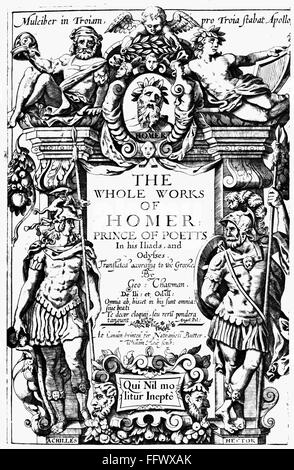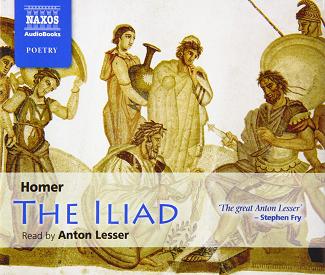

Paradigms are provided for frequently recurring, but initially challenging, forms such as the possessive and personal pronouns. Homeric language is clearly and comprehensively introduced in well-organized and numbered sections that are easy to reference while using the text (29-33). The final sections of the introduction directly address the student who will begin reading the Iliad in Greek. For example, de Jong describes the character of the narrator and his relation to the narratees, and demonstrates the gain in understanding won from close interpretation of similes and epithets.


Further arguments (18-28) demonstrate the usefulness of close analysis by focusing on chosen aspects of Homer’s narrative art. Her short, usefully suggestive description of this lengthy poem and its main themes and characters is a model of careful selection, and forms a fruitful introduction to the Iliad as a whole. As de Jong shows, the Iliad ’s four days of battle offer an overarching temporal structure for a tightly connected story susceptible to detailed narrative analysis. This development constitutes another huge step forward, and the next sections of the introduction (pages 6-18) make straight for interpretive gold, describing the structure of the entire Iliad, the parallels between books 6, 22, and 24, and the interrelations between the figures of Patroclus, Hector, and Achilles. Literary analysis of the Iliad, building on the bases established by the scholars of oral composition, and originating from a variety of perspectives, only gradually regained validity and importance in the 1970s and beyond (5-6). Strict oral- formulaic study of Homer discouraged literary interpretation, she observes: “there was a ban not only on contextually significant epithets but also on long-range cross-references, intentional repetition of lines and scenes, and on the concept of an overarching structure” (5). Once de Jong has explained the importance of oral-formulaic theory, she documents its resistance to the interpretative techniques central to her own commentary. The introduction of this volume first reviews basic information on Homer and then provides an account of modern Homeric scholarship, setting the genesis of the oral-formulaic theory of epic composition against the background of earlier debates between analysts and unitarians (1-4). Moreover, the interpretive insights offered throughout the volume will be useful to readers and scholars at any level. It offers a teaching tool useful at the undergraduate and early graduate levels of study, since it provides not only detailed guidance for reading book 22, but also an introduction to the Iliad as a whole. de Jong offers a commentary that is deeply thoughtful and scholarly, but also accessible and economical in its format.


 0 kommentar(er)
0 kommentar(er)
